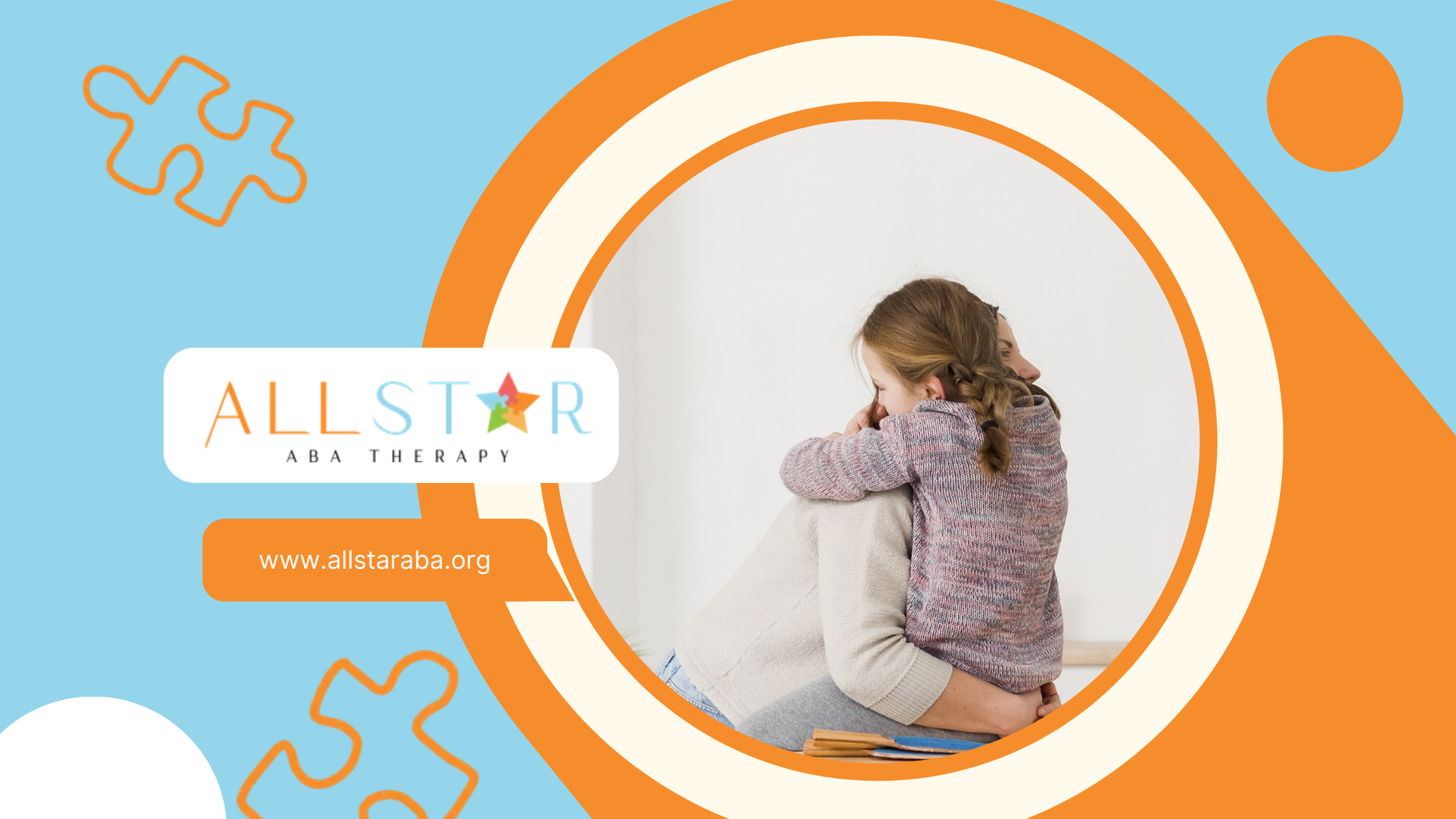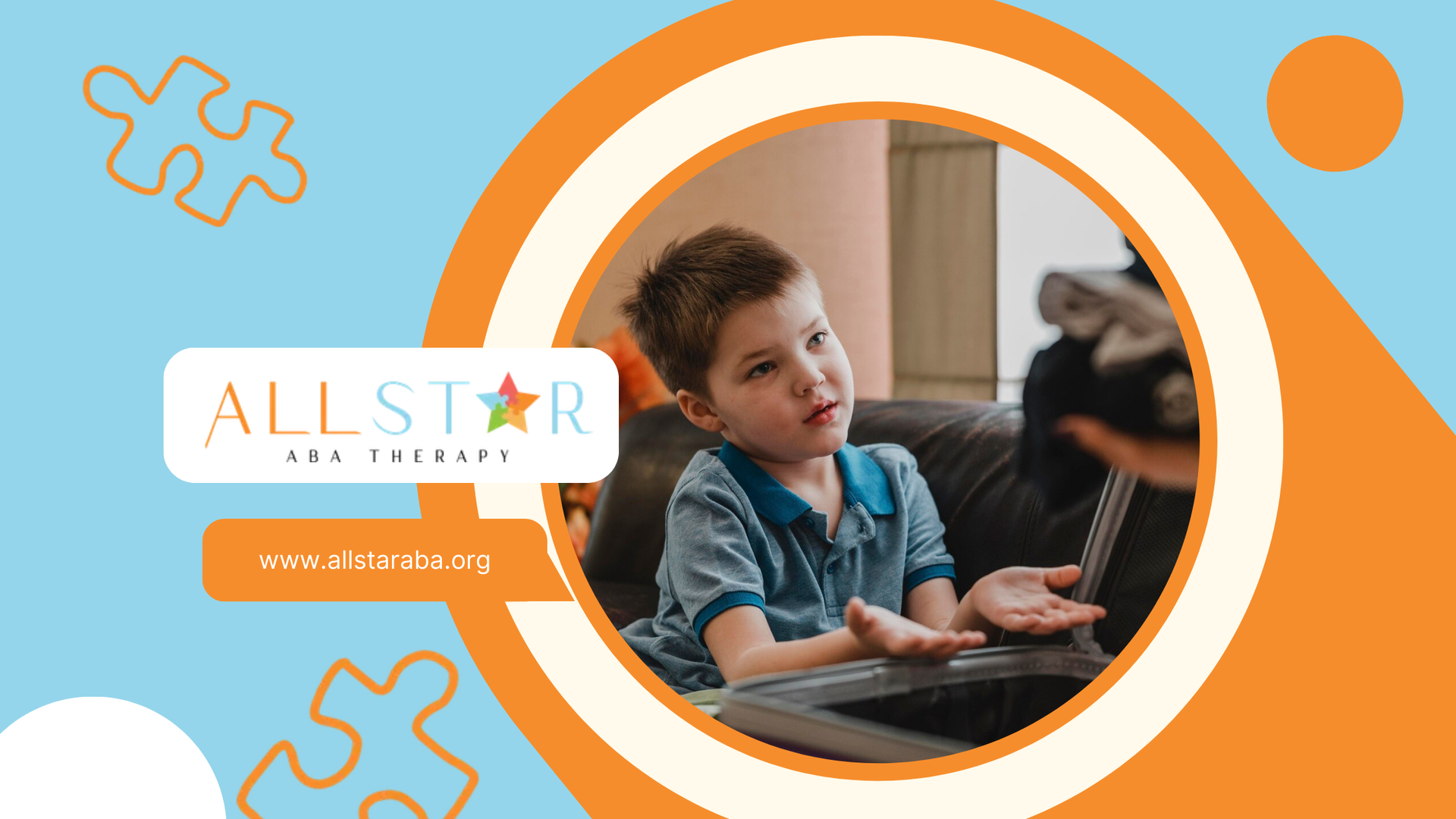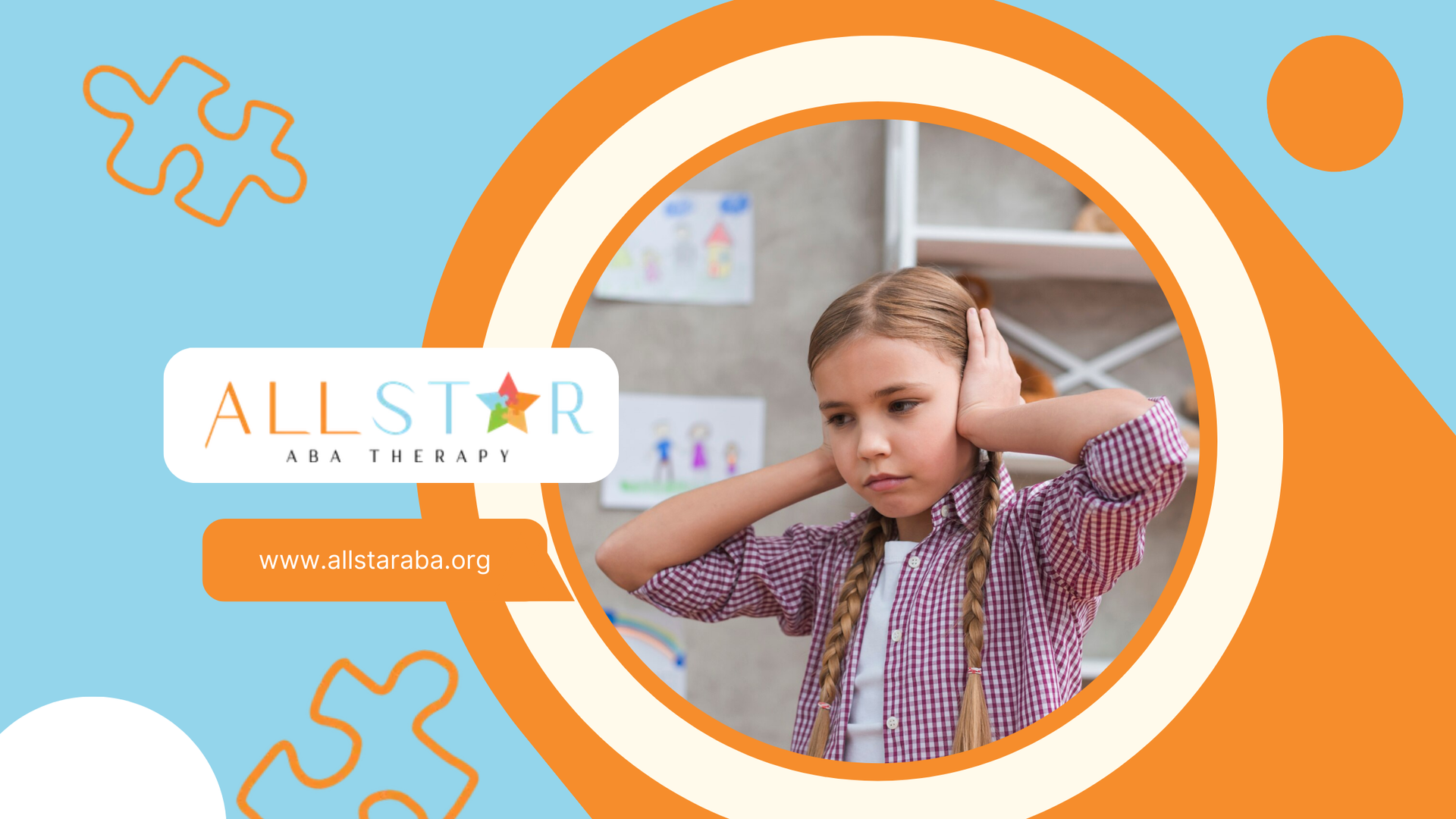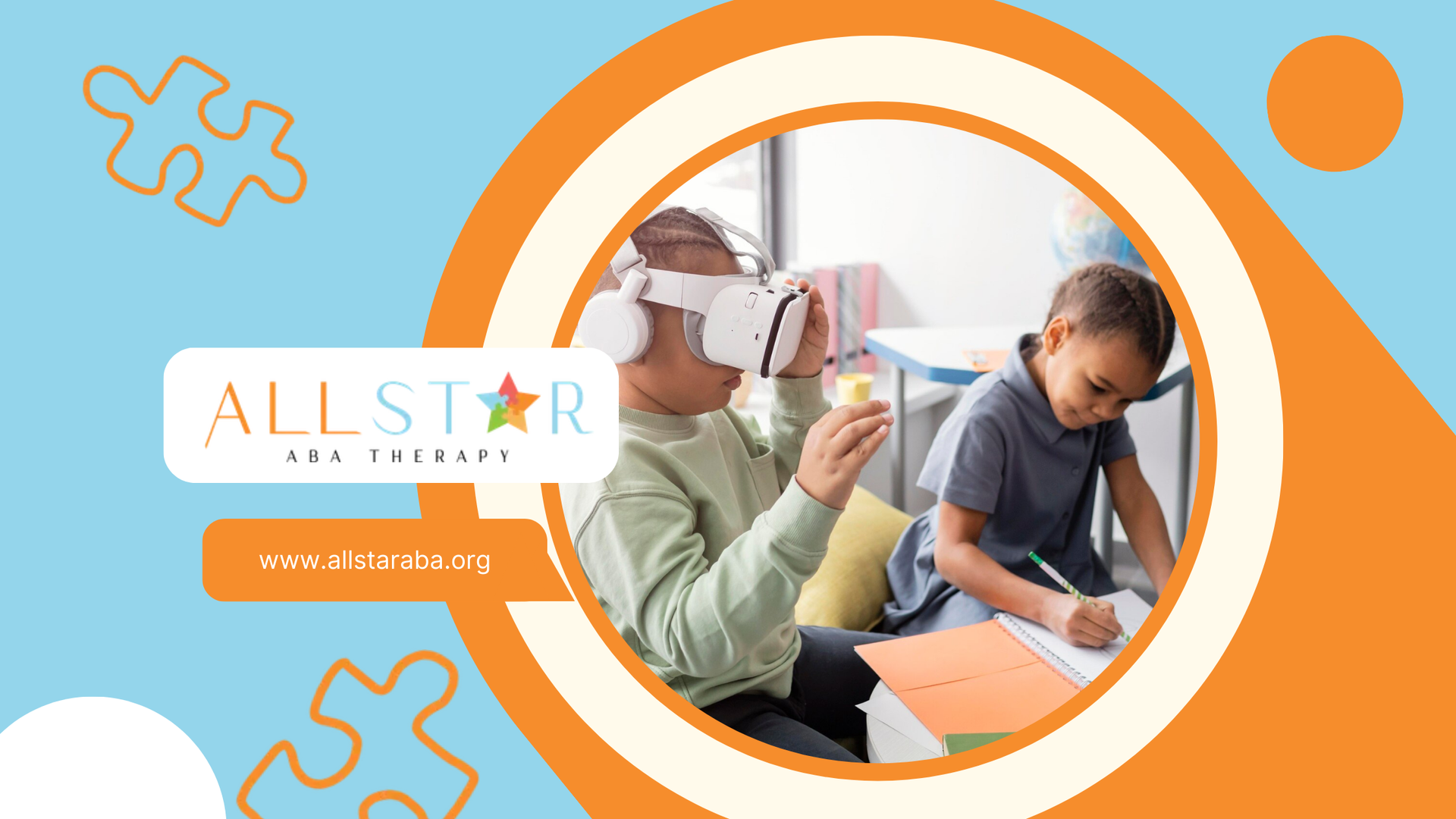New Paragraph
Enhancing Autism Therapy with Sensory Rooms
Sensory processing challenges are a common experience for individuals with autism. Overwhelming sensory input can lead to anxiety, frustration, and difficulty focusing. Sensory rooms offer a controlled environment designed to cater to these specific needs.
This article explores the potential benefits of incorporating sensory rooms into autism therapy, examining how they can enhance overall development and well-being.
What Does a Sensory Room Do?
What is a sensory room? Sensory rooms are specially designed spaces that cater to individuals with sensory processing disorders, including those on the autism spectrum. These rooms help develop coping skills and regulate the brain's response to various stimuli, tailored to the unique needs of each individual.
Sensory rooms serve multiple purposes, creating an environment that surrounds individuals with sensory experiences—such as colors, textures, lights, and smells. This controlled setting can significantly enhance an individual's ability to understand, react, and interact with their surroundings. The calming and engaging nature of sensory rooms can also increase tolerance for stimulation, which is vital for those with autism.
Benefits of Sensory Room for Autistic Individuals
Sensory rooms provide a variety of benefits for both children and adults with autism. Some of the significant advantages include:
- Calming Effects: A sensory room can offer a moment of calm and comfort, especially during times of overactivity or distress. This environment can soothe individuals, allowing them to engage more comfortably with their surroundings.
- Sensory Development: These rooms can positively influence sensory processing, helping individuals sharpen their concentration by eliminating competing distractions, thus enhancing focus.
- Cognitive Development: The interactive experiences available in sensory rooms can foster cognitive skills while promoting sensory-motor skills development.
- Socialization Opportunities: Engaging in a sensory room can provide opportunities for social interaction, helping individuals build essential social skills.
- Physical Skills: Sensory rooms also support individuals in improving their gross and fine motor skills, which are crucial for daily living activities. They can be especially beneficial for those with additional physical challenges.
By creating a sensory room tailored to the needs of autistic individuals, families and caregivers can significantly enhance the sensory experience and overall well-being of those they support.
Sensory Room Ideas
Creating a sensory room involves incorporating various elements that cater to the unique needs of autistic individuals. This section explores three essential sensory room equipments: weighted blankets, sensory lighting, and organized storage solutions.
1. Weighted Blankets and Their Benefits
Weighted blankets have gained popularity for their calming effects, especially for children with autism spectrum disorder (ASD). These blankets provide gentle pressure that can help improve sleep quality. They come in different weights tailored for various age groups, ensuring that they are suitable for individual needs.
| Age Group | Recommended Weight (lbs) |
|---|---|
| 2-5 years | 3-5 |
| 6-12 years | 5-10 |
| 13+ years | 10-15 |
Weighted blankets can also help reduce anxiety and provide a sense of security, making them a valuable addition to any sensory room.
2. Sensory Lighting for Relaxation
Proper lighting is crucial in a sensory room, as certain types of lighting can significantly impact mood and relaxation. Sensory lights and lamps, such as bubble lamps and lava lamps, create a soothing atmosphere that can help ease children with autism into sleep and rest. Unlike harsh fluorescent lights, these calming light sources promote a tranquil environment.
Incorporating these lighting options can enhance the overall sensory experience, making it more enjoyable for individuals with autism.
3. Organized Storage Solutions
An organized sensory room is vital for minimizing sensory overload. Neat and accessible storage bins that are organized, labeled, and easily reachable can help children with autism keep their space tidy. This organization allows for easier access to toys and gadgets, reducing the potential for overwhelm.
| Storage Solution | Features |
|---|---|
| Clear Bins | Visibility of contents to promote independence |
| Labeling | Helps children easily find and return items |
| Open Shelving | Reduces clutter and encourages self-organization |
By implementing organized storage solutions, sensory rooms can foster a sense of control and calmness, ultimately enhancing the therapeutic experience for autistic individuals.
Sensory Tools and Toys
Sensory toys play a significant role in creating an effective sensory room for autism. These specialized toys are designed to ease tension in children with autism, increase focus and awareness, and assist them in winding down after a busy day. Unlike regular toys, sensory toys provide unique tactile experiences that can help children manage their sensory needs.
| Type of Sensory Toy | Benefits |
|---|---|
| Stress balls | Helps relieve tension and improve focus |
| Fidget spinners | Enhances concentration and provides sensory input |
| Textured toys | Stimulates touch and aids in calming |
| Weighted toys | Provides a sense of security and relaxation |
These tools can be beneficial in establishing routines, especially at bedtime, helping children transition to a calmer state before sleeping. By incorporating a variety of sensory toys, parents and caregivers can create a more tailored and engaging environment that addresses the specific needs of the individual.
Creating Calm with Sensory Walls
Sensory walls are essential in forming a calming sensory room for children with autism. These walls can be decorated using various materials to create a soothing environment that provides comfort and calmness. Sensory walls can include features such as interactive panels, textured surfaces, and calming visuals.
| Feature of Sensory Wall | Purpose |
|---|---|
| Textured panels | Engage touch and provide different tactile experiences |
| Visual elements | Offer calming imagery to reduce anxiety |
| Interactive components | Encourage exploration and focus |
By incorporating sensory walls into the design of a sensory room, caregivers can create an inviting space where autistic individuals can feel safe, relaxed, and engaged. These walls not only enhance the overall sensory experience but also contribute to developing coping skills and fostering emotional well-being.
Understanding Sensory Processing
Sensory processing refers to how individuals perceive, interpret, and respond to sensory information from their environment. For individuals with autism, sensory processing can be particularly challenging. Sensory rooms are specially designed spaces that can significantly aid in developing coping skills and tailoring sensory experiences to individual needs.
Sensory Rooms for Coping Skills
Sensory rooms are beneficial for individuals with autism as they help develop coping skills and regulate responses to sensory stimuli. These rooms provide a safe environment where individuals can experience various sensory inputs without being overwhelmed.
By engaging with different elements such as colors, textures, and sounds, individuals learn to manage their sensory responses more effectively. Sensory rooms can assist in:
- Calming Effects: Create a serene atmosphere that helps reduce anxiety.
- Sensory-Motor Skills Development: Encourage the development of gross and fine motor skills through interactive experiences.
- Cognitive Development: Enhance focus and improve cognitive abilities in a distraction-free setting.
These rooms not only support autistic individuals but can also benefit those with other conditions, such as cerebral palsy and Down syndrome.
Tailoring to Individual Needs
Each sensory room should be tailored to meet the specific needs of the individual using it. This customization ensures that the sensory experiences are engaging and beneficial. For example, incorporating elements such as soft play objects, soothing sounds, and gentle lighting can create a comfortable environment conducive to exploration and interaction.
Some features to consider when designing a sensory room include:
| Feature | Benefits |
|---|---|
| Special Lighting | Calming colors and adjustable brightness to enhance mood and relaxation. |
| Soft Sensory Play Objects | Textured items that encourage tactile engagement and exploration. |
| Controlled Aromas | Scents that promote relaxation or alertness, depending on the individual's needs. |
The controlled environment of a sensory room allows individuals to engage with stimuli at their own pace, which can lead to improved tolerance for various sensory inputs. By thoughtfully considering each element, sensory rooms can significantly enhance the sensory experience for autistic individuals, allowing them to feel safe and supported.
Sensory Room Design Tips
Designing a sensory room for autism involves careful consideration of color preferences and lighting choices. Both elements play a significant role in creating an environment that promotes calmness, focus, and comfort for autistic individuals.
Color Preferences for Autism
Research indicates that children with autism often prefer softer and less intense colors. These hues, such as pastels and muted shades, can have a calming effect and help reduce feelings of anxiety or overstimulation. Specific colors like green and blue are particularly soothing, as they are reminiscent of nature and contribute to a peaceful atmosphere.
| Color Type | Description | Benefits |
|---|---|---|
| Soft Blue | A light, calming hue | Enhances focus and concentration |
| Pastel Green | A muted shade reminiscent of nature | Promotes tranquility and reduces anxiety |
| Cream | A soft, neutral color | Provides a calming background for learning activities |
Softer colors can create a serene environment that aids in focusing on tasks without overwhelming the individual. Real-life examples, such as classrooms designed with these colors, have shown improvements in attention spans and overall calmness among students with Autism Spectrum Disorder (ASD).
Impact of Lighting Choices
Children with ASD often have sensitivities to bright or flickering lights, making natural light a preferred option. Natural light is softer and less harsh than artificial lighting. When natural light is unavailable, soft, diffused artificial lighting is recommended to minimize shadows and glare that can be problematic.
| Lighting Type | Description | Benefits |
|---|---|---|
| Natural Light | Sunlight that enters the room | Soft, calming effect |
| Soft Diffused Lighting | Non-flickering, warm artificial light | Reduces sensory overload and promotes calmness |
Implementing non-flickering, warm lighting in a sensory room has been observed to significantly reduce instances of sensory overload in children with autism. The combination of calming colors and appropriate lighting creates an ideal environment for relaxation, learning, and sensory exploration.
Multi-Sensory Environments
Multi-Sensory Environments (MSEs), commonly referred to as sensory rooms, serve as specialized spaces designed to support autistic individuals. These rooms are equipped to modify sensory input across various modalities, creating an atmosphere conducive to learning and relaxation.
1. Enhancing Attention and Behavior
Research indicates that MSEs can significantly enhance attention and modify behavior among autistic children. A study involving 41 autistic children aged 4–12 years demonstrated that having control over sensory changes within these environments was associated with increased attention and a decrease in repetitive motor behaviors, sensory behaviors, and stereotyped speech.
2. Providing Control for Better Learning
One of the most significant advantages of multi-sensory environments is the control they offer to autistic individuals over their sensory experiences. By allowing users to adjust sensory input, these rooms empower them to engage with their surroundings in a way that feels comfortable and safe. This sense of control can lead to better learning outcomes, as children are more likely to participate actively in their educational experiences when they feel secure and in charge of their environment.
The ability to tailor sensory input not only promotes individual comfort but also enhances the overall learning process. Autistic individuals can choose which stimuli to engage with, leading to an enriched educational experience. This approach supports personalized learning, making it easier for educators and caregivers to meet the unique needs of each child.
Conclusion
Creating a sensory room for autism that incorporates these elements can make a significant difference in the lives of autistic individuals, enhancing both their attention and learning capabilities.
All Star ABA understands the transformative power of sensory rooms in autism therapy. Our experienced therapists incorporate sensory experiences into treatment plans to create calming and engaging environments.
By combining sensory integration with ABA therapy, we help individuals with autism develop essential life skills, improve communication, and enhance overall well-being. Let All Star ABA guide you on this sensory journey to unlocking your child's full potential. Contact All Star ABA today and let's create a world of calm and learning together!
Frequently Asked Questions
Why are sensory rooms dark?
Sensory rooms are often darkened to create a calming and controlled environment. The reduced visual stimulation can help individuals with sensory processing sensitivities to relax and focus. Additionally, the darkness allows for the effective use of visual sensory equipment, such as fiber optic lights or projectors, which can provide calming or stimulating visual experiences depending on the individual's needs.
Do sensory rooms help ADHD?
Sensory rooms can be beneficial for individuals with ADHD. By providing a controlled environment with various sensory stimuli, these spaces can help regulate sensory input, improve focus, and reduce impulsivity. Sensory experiences can also offer a calming outlet for individuals with ADHD, promoting relaxation and emotional regulation. While not a cure, sensory rooms can be a valuable tool in managing ADHD symptoms and enhancing overall well-being.
Need Support?
We're Here to Help!
Our experienced team is ready to assist you. Reach out today to discuss how we can support your child's development and well-being.
Get started with expert ABA therapy today.
Related posts

All Star ABA delivers the gold standard of care, Applied Behavioral Analysis (ABA) therapy, for individuals diagnosed with ASD, from infancy to age 21.
Quick Links
All Rights Reserved | All Star ABA







